Guide series
This is part of a series on finding the right product for you. Take a look at the others.
Insulation
Insulation describes how well a garment protects its wearer from the cold. Generally, a garment with more insulation will provide more felt warmth than one with less. Insulation can also be used as shorthand for the material doing the insulating. Down, synthetic, and fleece are all types of insulation.
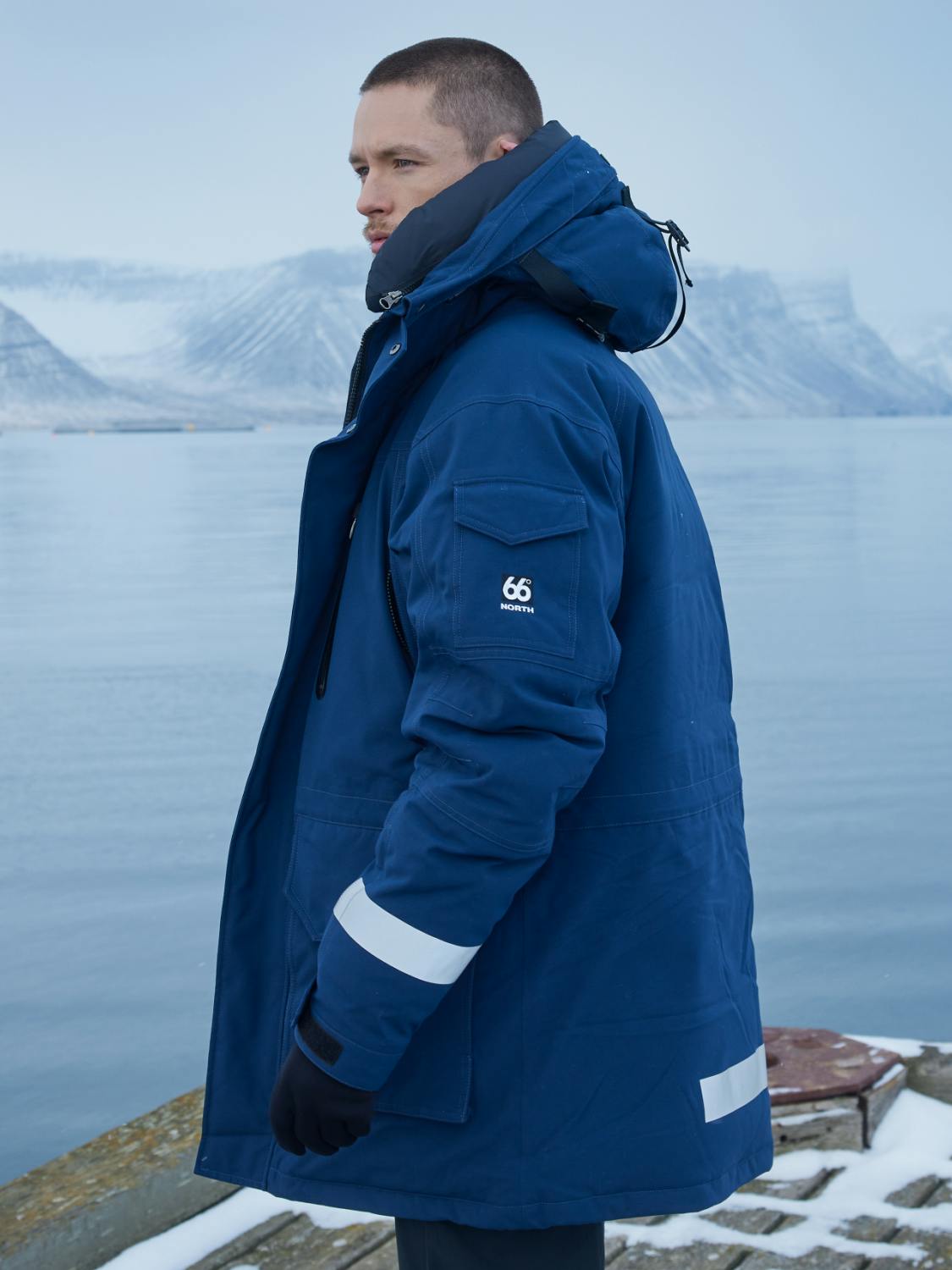
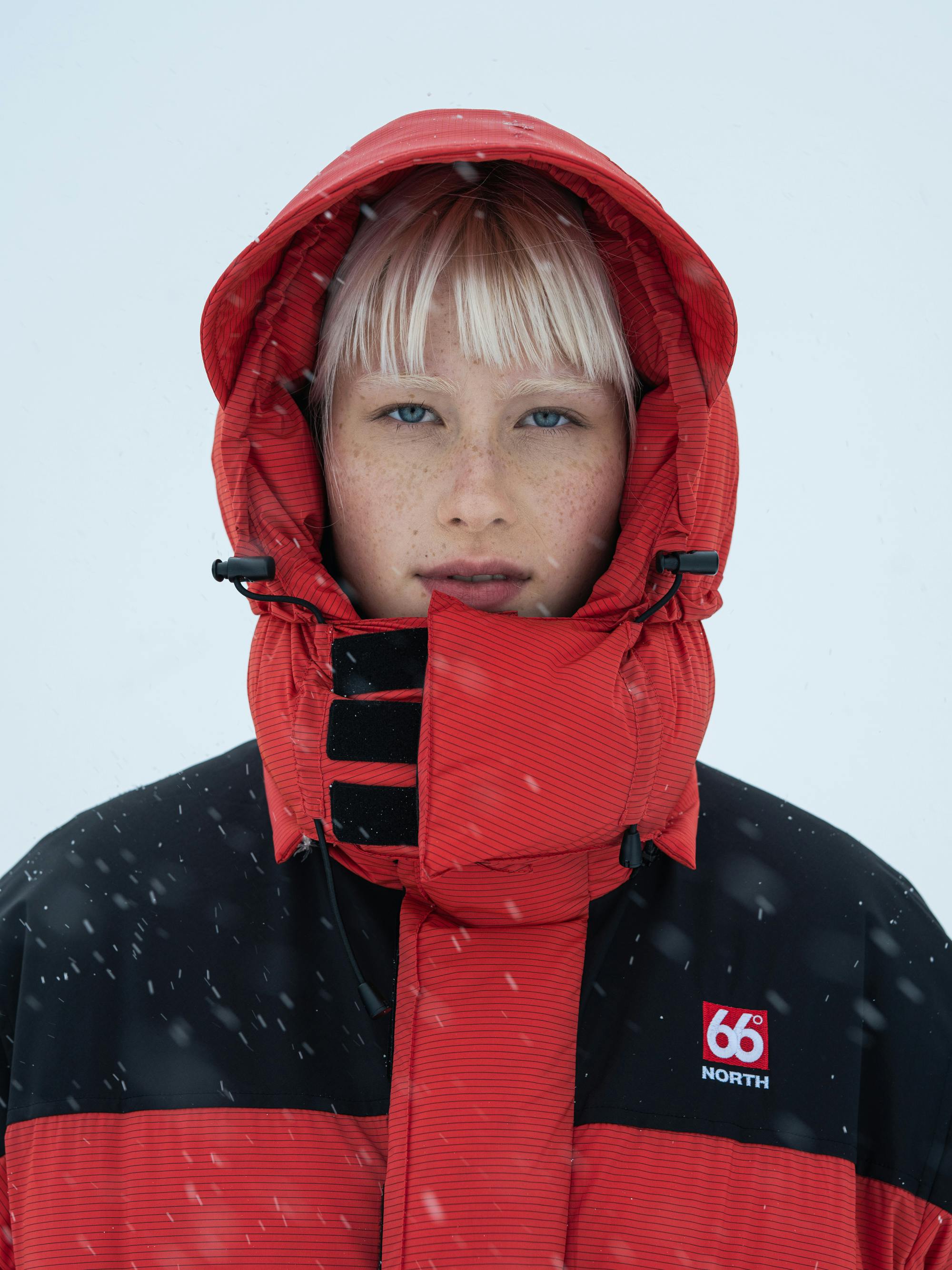
Iceland is one of the most enchanting places on Earth. Unsurprisingly, it can also get rather cold. Since 1926, we’ve taken pride in equipping our fellow Icelanders for the challenges and rewards of living at the Arctic Circle. Superior insulation is how.
What we mean when talk about insulation
66North organizes the insulating clothing we make by the use the garment was designed for and the type of insulation used.
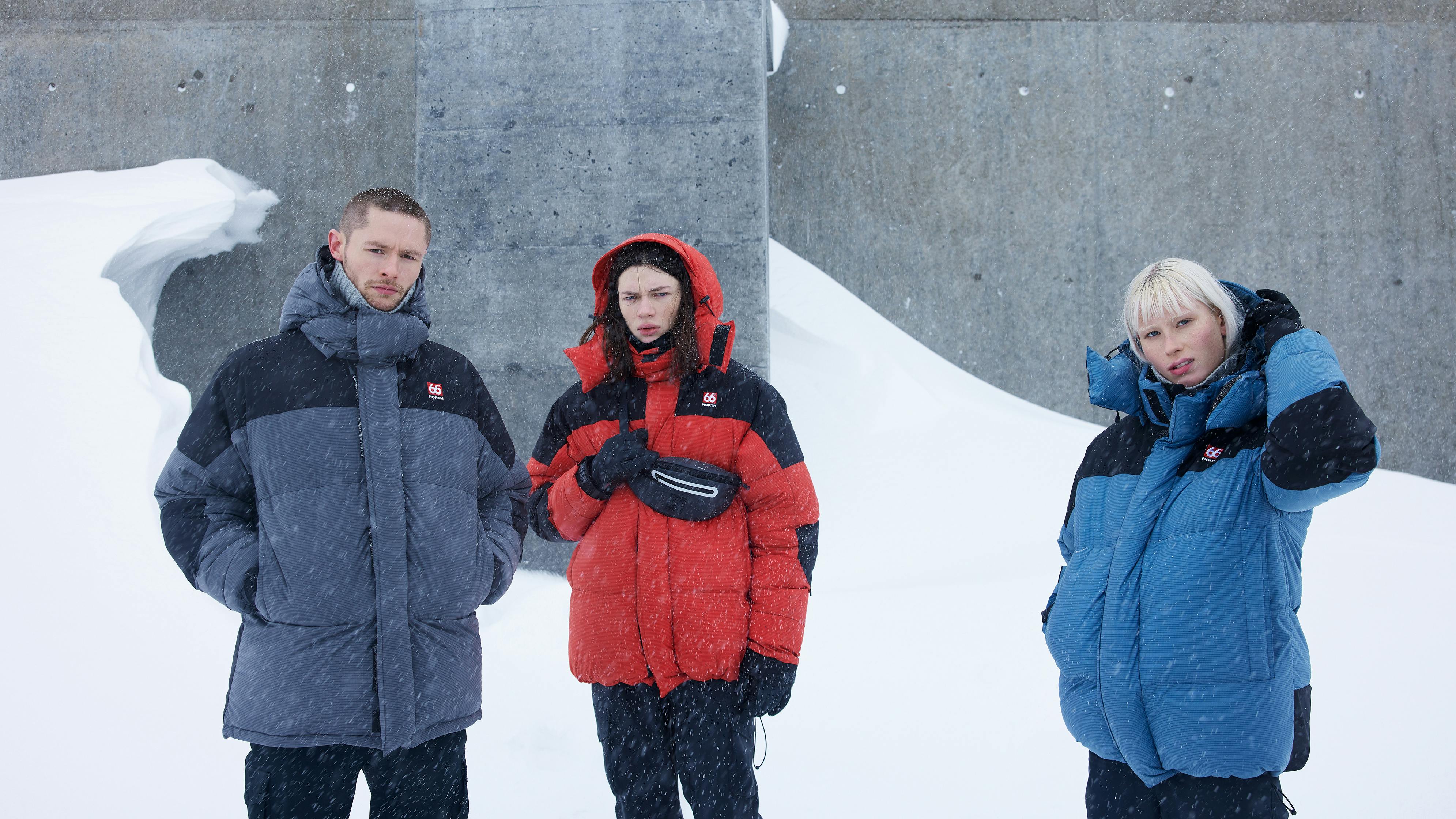
Parkas
Parkas are heavily-insulated jackets designed to provide warmth through winter’s worst. Even for Icelanders, wearing a parka is the only way to spend sustained time out in the Arctic cold.
Most parkas we make are insulated with down, a natural insulation that comes from fowl like ducks and geese. Down is the most efficient insulating material by weight in nature, and has been used by humans for centuries. We take great care to ensure all down used in our products was obtained ethically. We also invite you to learn more about our ethical audit process and supplier relationships here.

Mid-layers are insulated garments that vary in insulation, but can all be worn with a shell to increase their weather protection. The right mid-layer is a constant companion throughout the cold months. In Iceland, that’s quite constant indeed. These versatile garments can be lined with many different insulators, including down.
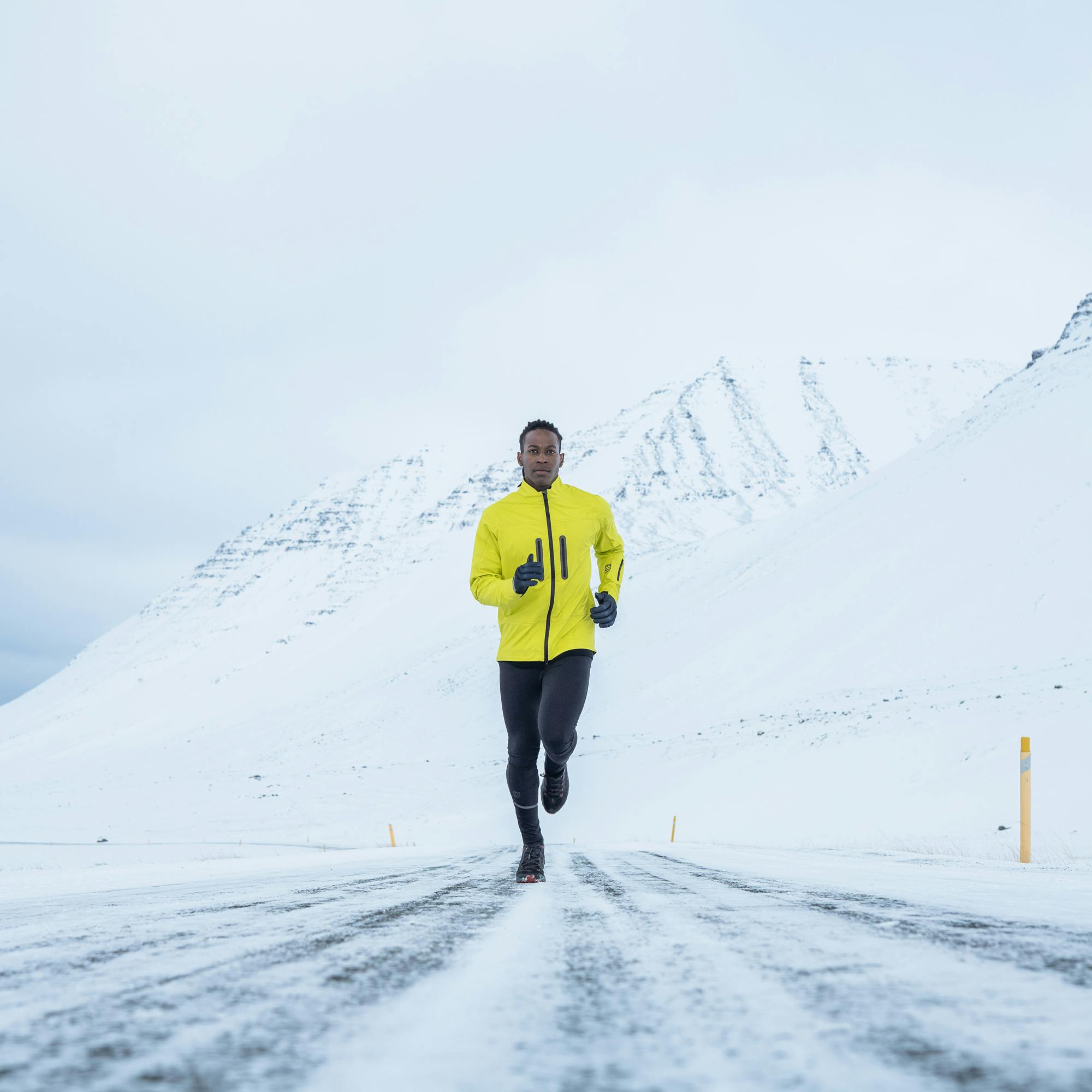
Highly breathable garments are designed to provide ventilation beyond their category’s expectations. Hardshells using Polartec’s air-permeable Neoshell membrane technology, for example, are more breathable than those made with traditional membrane materials.
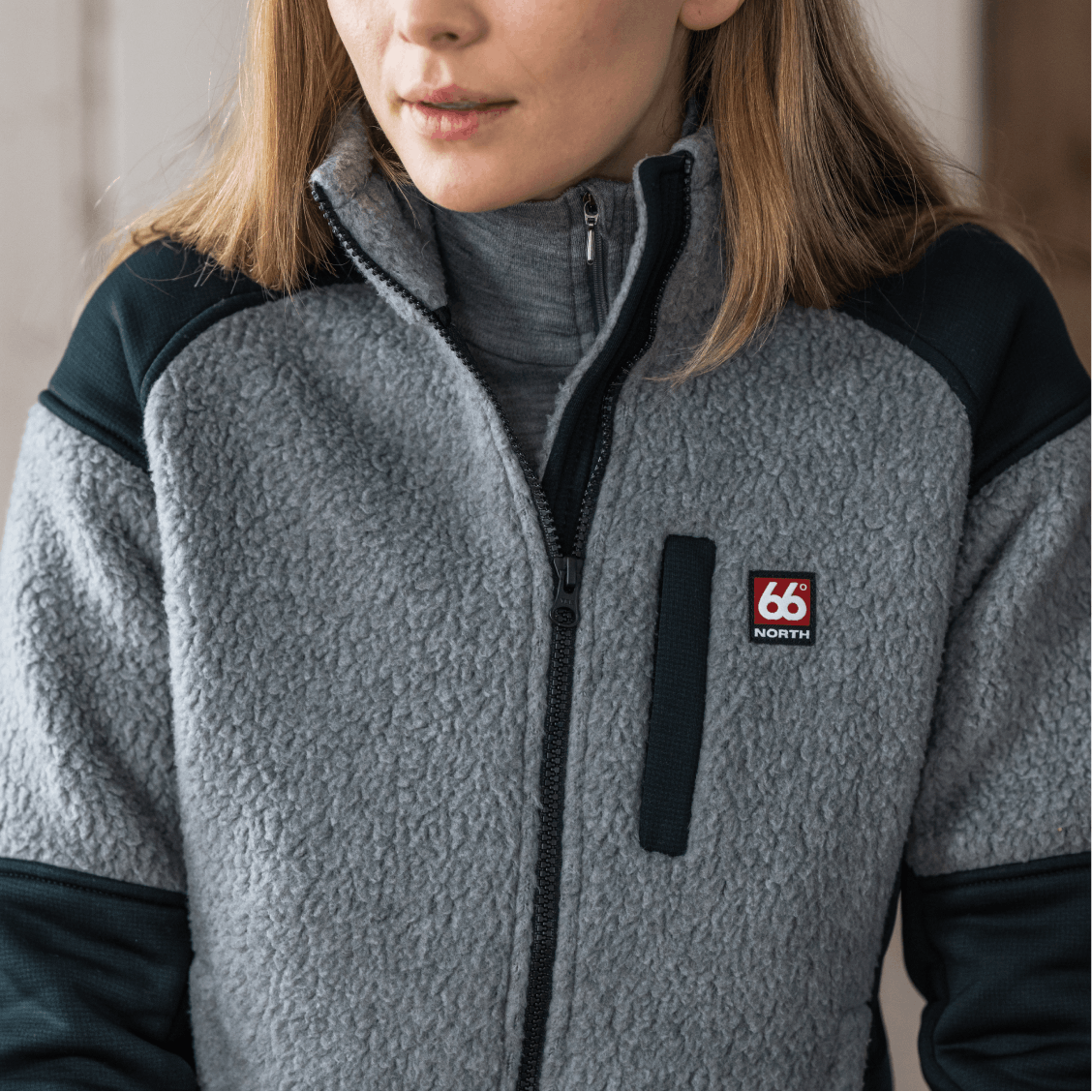
Fleece is a popular choice for mid-layers due to its durability and breathability. High-loft fleeces like Tindur’s synthetic shearling insulate well against the cold while letting out excess body heat.
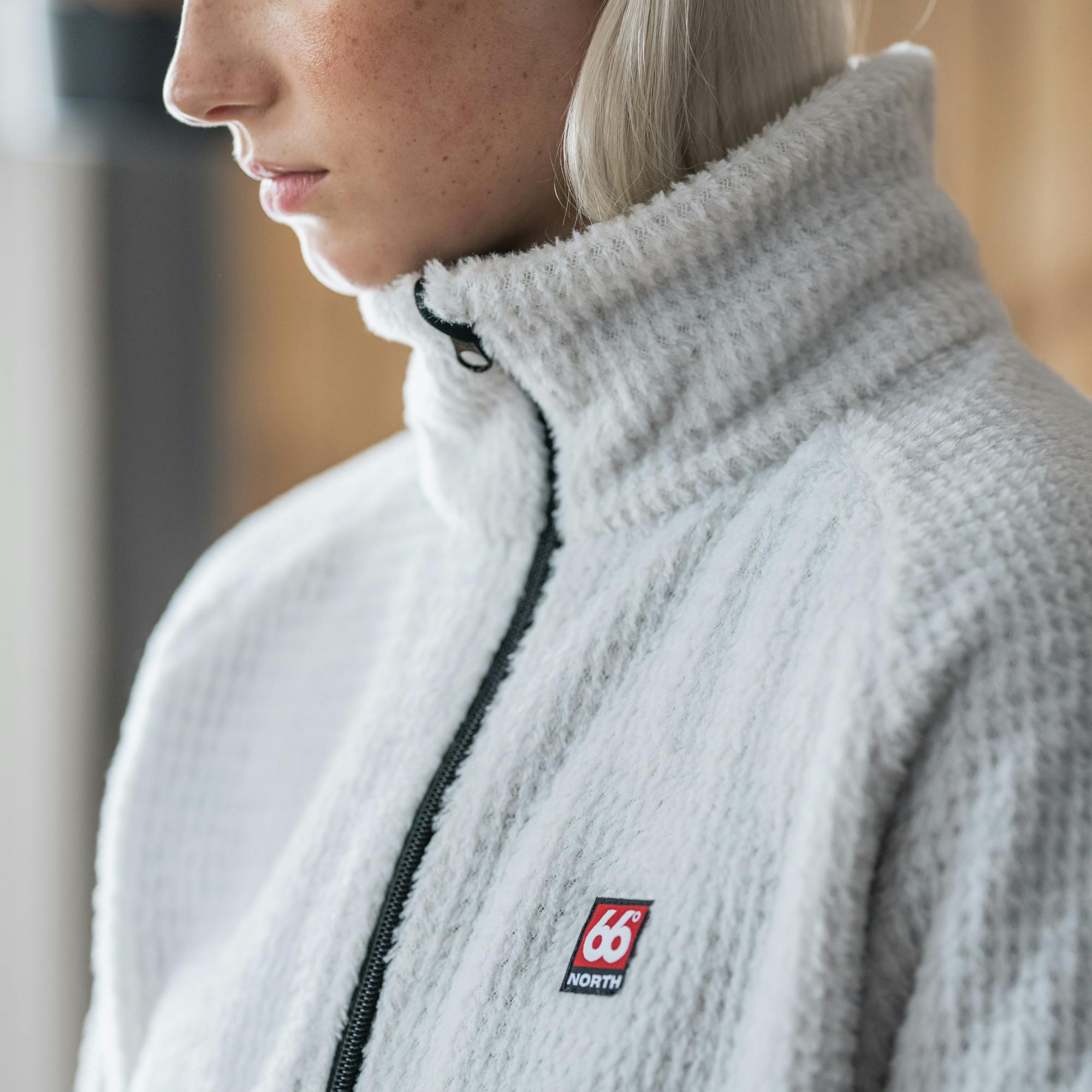
Synthetic insulation is another common choice. First introduced in the 1980s as a more durable, weather-resistant alternative to down, synthetic insulations from brands like Primaloft give users a resilient (and vegan) insulating option.
Finding the right level of insulation for your needs
Understanding what the garment was designed for and how it is insulated will help you evaluate whether it’s the right level of insulation for your needs.
However, when shopping for cold-weather gear, it’s equally important to account for how naturally warm or cold you feel throughout the day. For example, those who tend to get hot easily may not need a parka outside of truly Arctic conditions.
For relaxed hiking

For those who feel naturally colder and live in a cold weather area, winter will be faced most comfortably with a proper down parka like Tindur or Jokla. These heavily-insulated garments will provide warmth through even 24-hour Arctic nights. Users seeking a vegan alternative should try out Þórisjökull vegan parka. Stuffed with Primaloft Black ThermoPlume synthetic insulation, it provides down-like warmth with the added bonus of additional weather resistance.
For aerobic activities
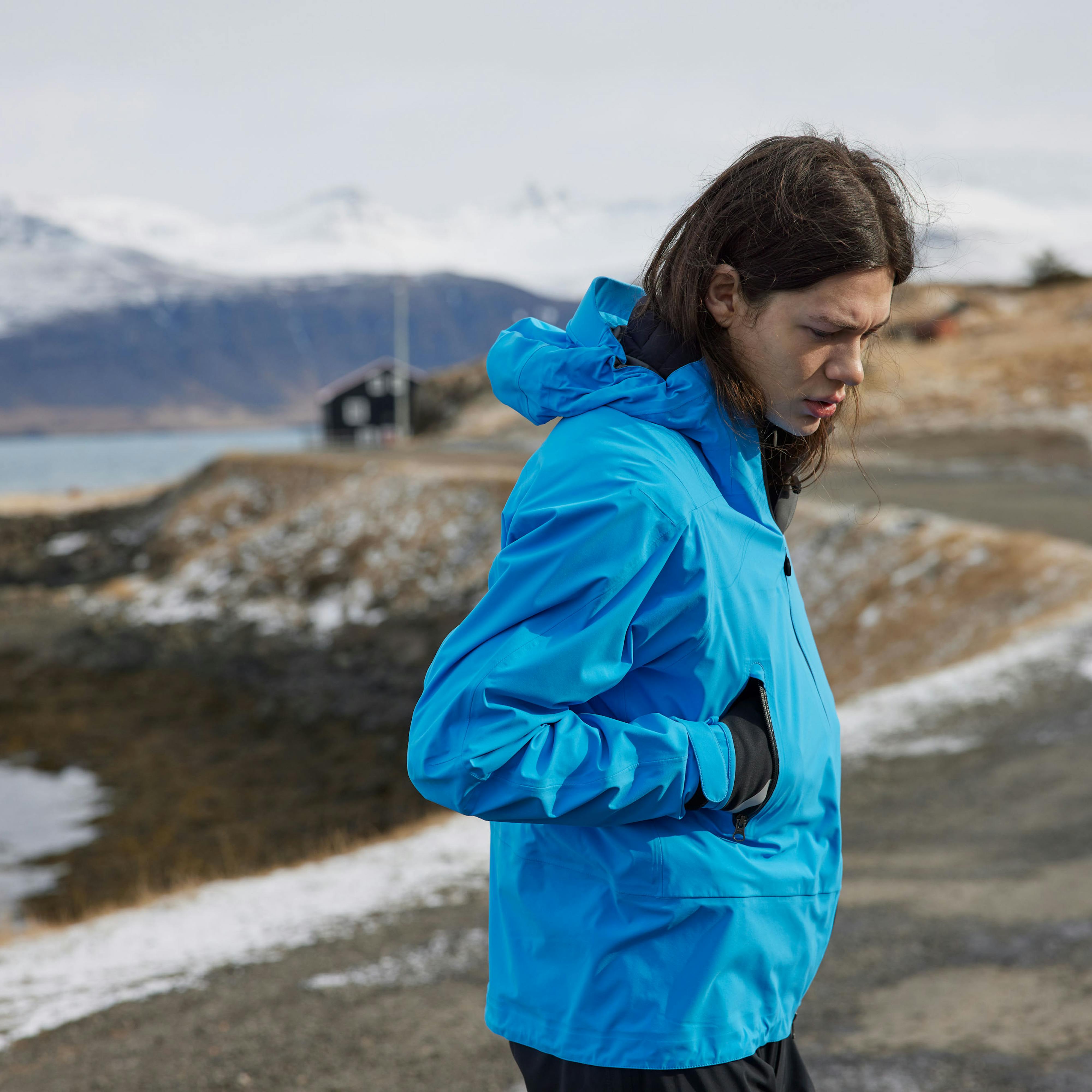
For those who feel naturally warmer and live in a cold weather area, a down or synthetic mid-layer paired with a shell will provide versatile warmth and weather resistance. Pairing a jacket like Ok or Vatnajökull with a shell like Snaefell allows wearers to dress exactly for the day’s needs without the worry of stretching a parka.
For city commuting
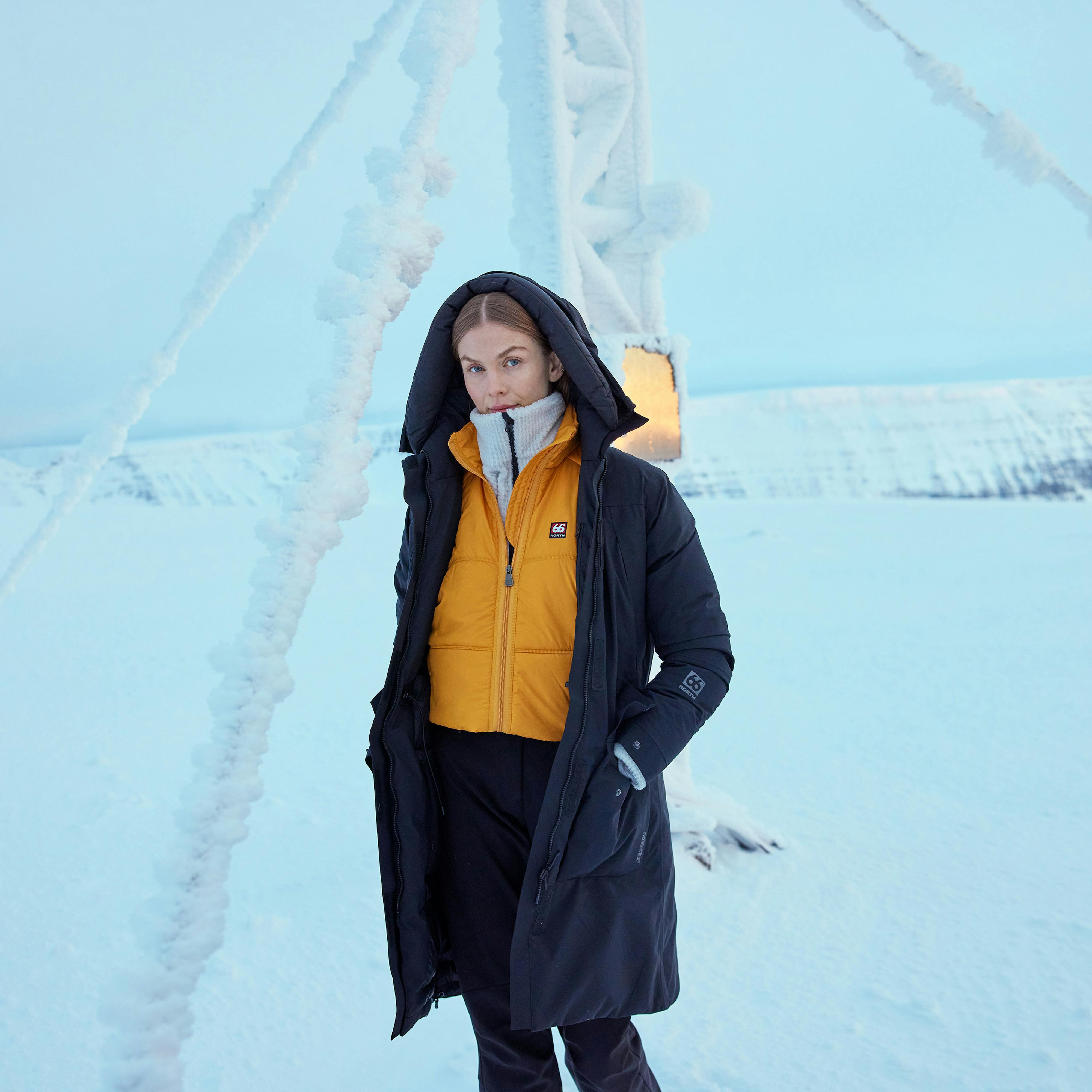
For those in search of a three-season piece to protect against both frost and chills, a fleece, synthetic, or active mid-layer will do best. Jackets like Tindur Shearling, Öxi hybrid, and Hrannar fleece balance insulation with breathability, giving users a comfortable, active feel.

How to evaluate insulation
Insulation is an art ased in science.
Insulating materials create warmth by using irregular fibres (like puffs of goose down) to trap air close to your body. This layer of trapped air blocks heat from escaping, warming you in turn. The goal of every insulator: trap just the right amount of air to create the subjective feeling of comfort in the cold.
There are some quantitative measures that describe the volume of air trapped by insulators. Fill power, for example, measures how many cubic inches of lofted air one ounce of down fill can produce (i.e., one ounce of 800-fill down can trap 800 in3/16.4mL of air.)
However, it’s worth noting that fill power is a measure of efficiency and should be treated as such. Precise applications of the highest-efficiency insulations aren’t as warm as fistfuls of a standard variety. In general, the warmest garments will feature large quantities of down insulation.
For fleeces and synthetic insulators, evaluation is a bit more straightforward. Heavier fleeces as measured by the fabrics weight in grams per square meter (GSM) will feel warmer. Synthetics follow the same logic, with some variation in efficiency based on the specific blend.
Learn more
What technical qualities make our garments adapt to any conditions
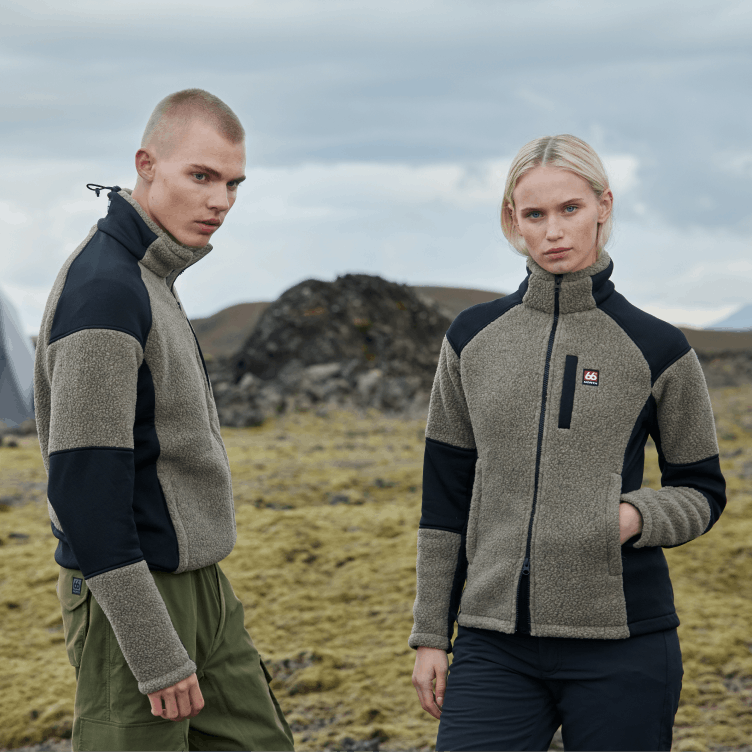
Breathability describes how well a garment allows moisture vapor produced by the wearer to move away from the wearer. A more breathable garment transmits more of this vapor, resulting in more comfort for the wearer.
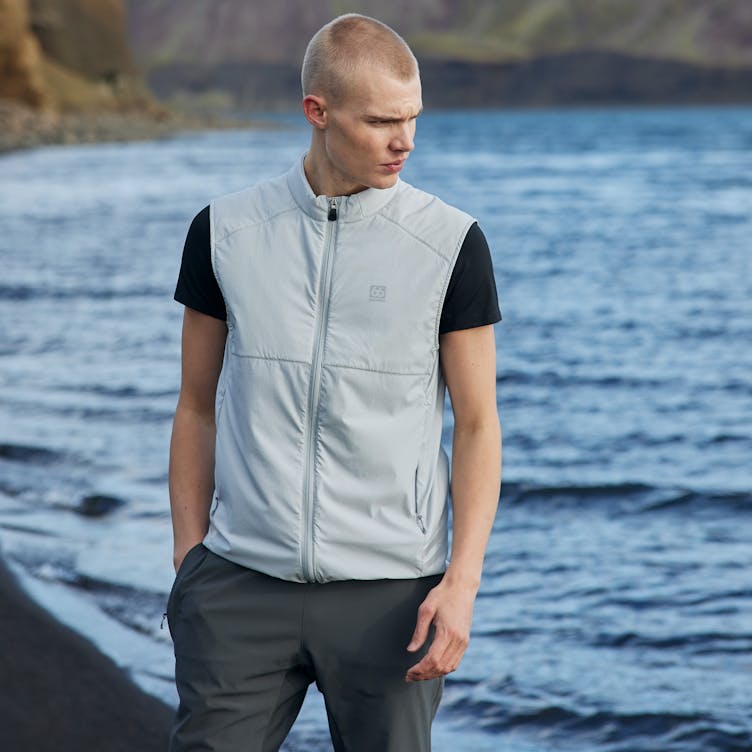
Wind resistance describes how well a garment blocks wind from flowing through it. Every garment made of solid material stops some amount of breeze. Considering Iceland is the second windiest country on Earth, the garments we make must do a bit more.
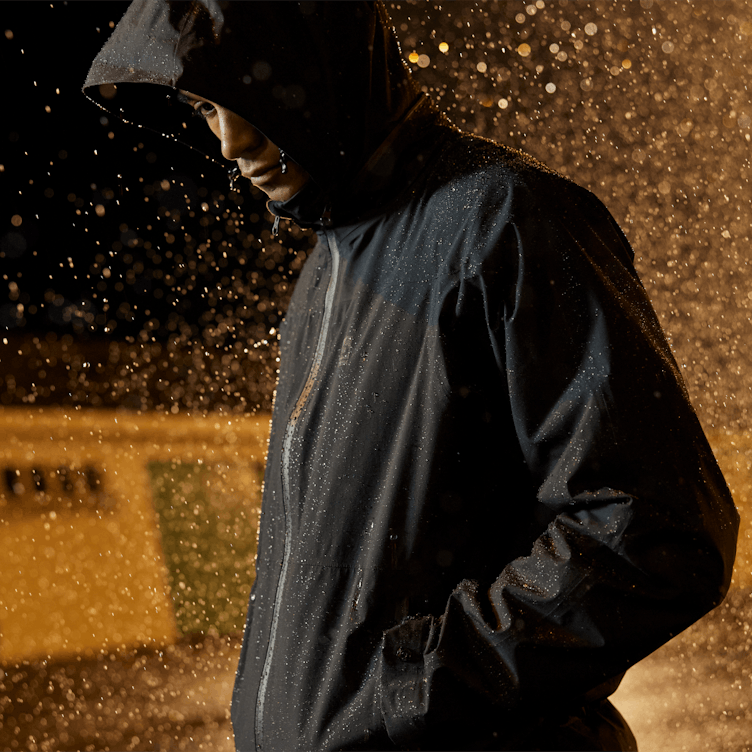
Water resistance describes how well a garment repels precipitation, including rain and snow. Not every garment we make is water-resistant. Designing for Iceland, however, demands that many are.